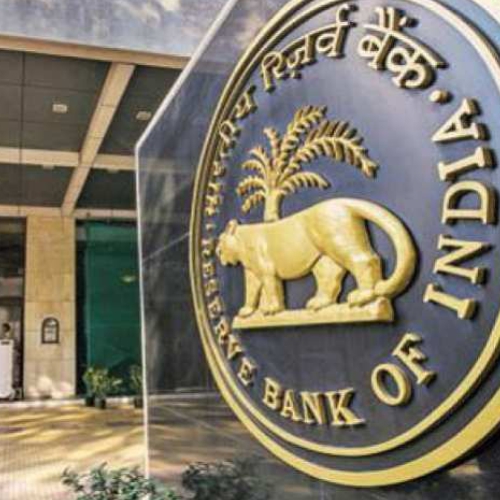Mumbai (Maharashtra) [India], Dec 5 (ANI): Divergent industry views emerged after the Reserve Bank of India (RBI) on Thursday kept repo rate unchanged at the current level of 5.15 per cent and lowered its GDP forecast to 5 per cent for the current financial year 2019-20.
“The decision to not lower interest rate has come as a surprise and a bit of a disappointment to the industry,” said Shishir Baijal, Chairman and Managing Director of Knight Frank India. “It would have provided a much-required reprieve to some ailing sectors like real estate and auto. The RBI has probably taken the cautious approach of wait and watch to see the effect of past rate cuts and also to assess the inflation trajectory,” he said.
FICCI President Sandip Somany said leaving the repo rate unchanged is contrary to what the industry body was expecting, given the weakening growth scenario in the economy.
“We note with concern that the transmission of the earlier policy rate cuts has not happened adequately, and are disappointed with the decision to not cut the repo rate as there is a need for continued action on the policy rate front. A reversal in the declining economic growth trajectory is clearly the need of the hour and all steps should be taken to bring about this change,” he said.
Amar Ambani, President and Head of Research at Yes Securities, said the pause on the rates is attributed to transient inflationary risks, though the central bank affirms that there is space for policy action.
“Given the growth-inflation dynamics, we still sense that RBI will deliver a rate cut of 25 basis points in February policy meeting given the widespread deceleration in the economy. Although the RBI is concerned about near-term inflation risks, higher rabi crop output will assuage the spike in food prices,” he said.
Kumaresh Ramakrishnan, Chief Investment Officer at PGIM India Mutual Fund, said the central bank has retained the accommodative stance, signalling that the rate cut cycle is not over. The status quo on rates appears to have been influenced by a change in inflation dynamics since the October policy.
However, Joseph Thomas, Head of Research at Emkay Wealth Management, said there are three reasons why there was actually no need for the RBI to cut the rates this time.
First, the retail inflation indicated by the consumer price index has shot up to 4.62 per cent, well above the RBI target ceiling of 4 per cent. Second, the rupee is weaker today than it was three months ago. A weaker rupee is akin to lower interest rates.
Third, the liquidity in inter-bank market and systemic liquidity are in surplus and there is sufficient liquidity to see the auctions go through smoothly. “The liquidity conditions ensure that rates, especially at the short end of the curve, remains low. This is what is actually achieved by a repo rate cut too.”
To Listen to this News click on the play button.












